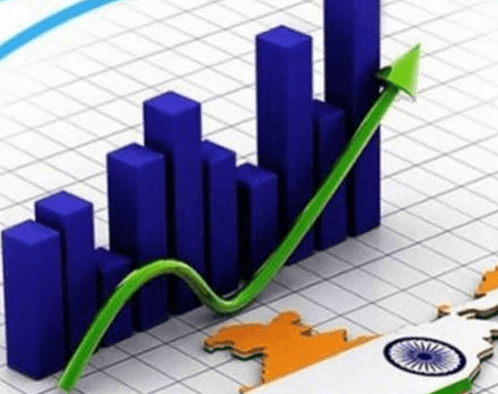
India's manufacturing sector has emerged as a top destination for foreign direct investment (FDI), with a 69% surge in inflows over the last decade, reaching a staggering $165.1 billion.
Jitin Prasada, Minister of State for Commerce and Industry, revealed these figures, highlighting the substantial increase in FDI equity inflow in the manufacturing sectors over the last 10 financial years (2014-24). The inflow of $165.1 billion marks a 69% increase compared to the $97.7 billion recorded in the previous decade (2004-14).
The minister further noted that the total FDI inflow of $383.5 billion over the past five financial years (2019-20 to 2023-24) was primarily driven by production-linked incentive (PLI) schemes.
These schemes have been instrumental in attracting foreign investments, enhancing efficiency, and fostering economies of size and scale in the manufacturing sector. The PLI schemes, announced across 14 key sectors with an outlay of over $26 billion, have been successful in enhancing the country's manufacturing capabilities and exports.
As of March 2024, 755 applications have been approved under these schemes, resulting in an investment of Rs 1.23 lakh crore and the creation of approximately 8 lakh jobs. The key sectors targeted by these schemes include mobile manufacturing, specified electronic components, pharmaceutical drugs and ingredients, manufacturing of medical services, automobiles and auto components, steel, telecom products, textiles, and food, among others.

The effectiveness of these schemes is further underscored by the robust growth in manufacturing activity in India.
According to a recent HSBC survey, manufacturing activity in India continued to expand at a strong pace in July, driven by robust domestic demand and new export orders. The HSBC final India Manufacturing Purchasing Managers' Index (PMI), compiled by S&P Global, stood at 58.1 in July, almost the same as the June figure of 58.3. This index has been above the 50-mark, which separates growth from contraction, since July 2021, marking the longest expansionary phase in the last 11 years.
The government's focus on attracting investments in key sectors and cutting-edge technology has not only boosted the manufacturing sector but also made Indian companies and manufacturers globally competitive. This is evident in the decline in dependency on imports in several sectors, including mobiles. The import of mobile phones decreased from Rs 48,609 crore in 2014-15 to Rs 7,674 crore in 2023-24, while exports increased from Rs 1,566 crore in 2014-15 to more than Rs 1,28,982 crore in 2023-24.
However, the growth in the manufacturing sector and the surge in FDI are not without challenges. High demand has led to an increase in both input and output price sub-indexes. Manufacturers have reported paying more for coal, leather, packaging, paper, rubber, and steel. This continuous increase in the output price index, driven by input and labor cost pressure, may signal further inflationary pressure in the economy.
The surge in FDI in India's manufacturing sector is a testament to the country's robust economic policies and strategic initiatives. The success of the PLI schemes in attracting foreign investments and boosting manufacturing activities underscores the potential of these initiatives in driving economic growth. However, the challenges posed by rising input and output prices and potential inflationary pressures highlight the need for continued vigilance and strategic planning to sustain this growth trajectory. The government's commitment to these initiatives, coupled with the resilience of the manufacturing sector, is a promising sign for the future of India's economy.

















